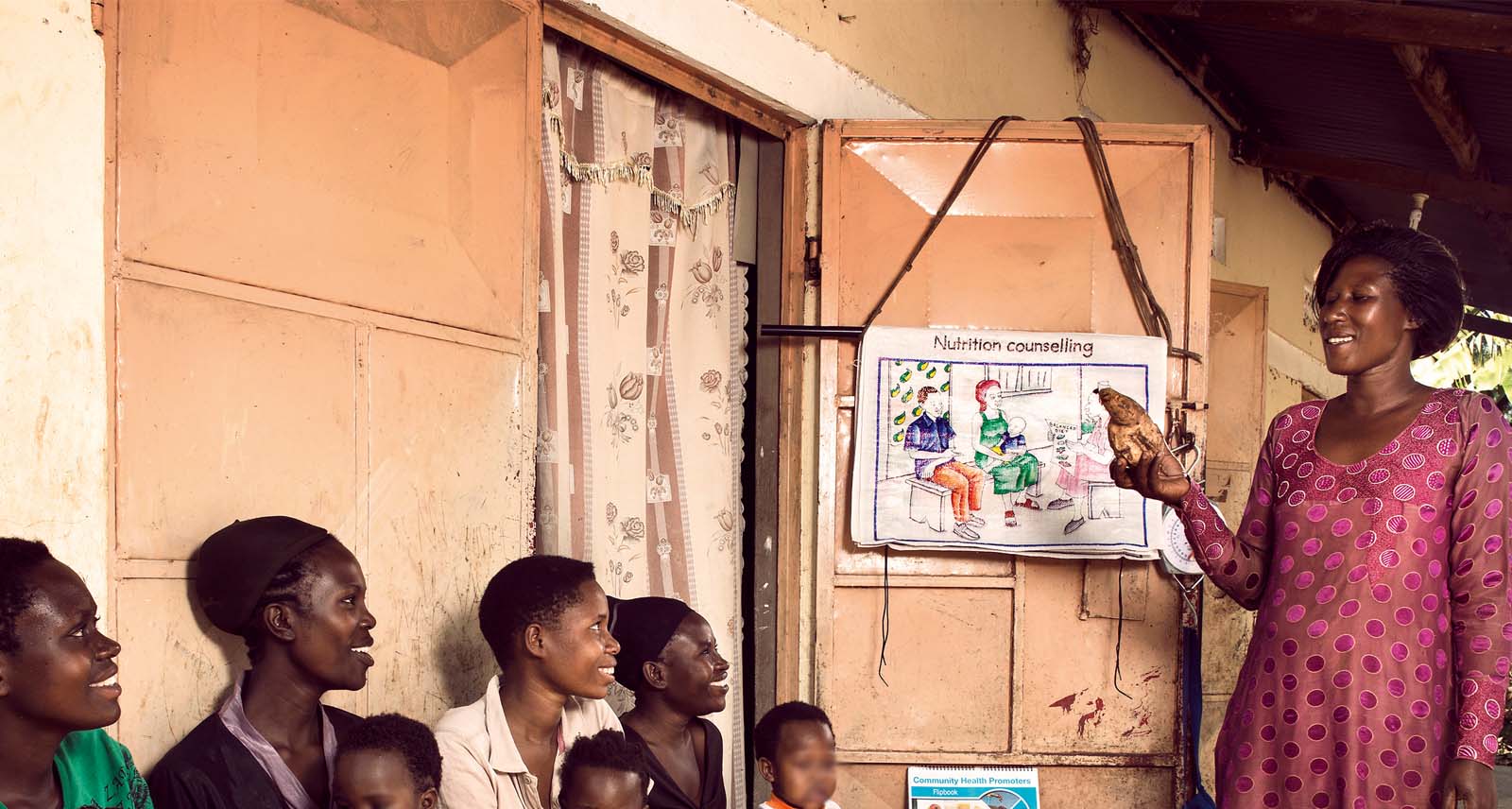Blogs

With each stunted child, Malawi loses about 2 million Kwacha in its lifetime income
Malawi has come a long way in its efforts to reduce child stunting, from 47% in 2010 to 37% in 2016 and low birth weight prevalence from 17.2% in 2000 to 14.5% in 2015. Nevertheless, there remains room for further improvement. The currently, an estimated rate of 37% of children are stunted, with rural countryside areas (2 in 5 children) affected more as compared to their urban area (1 in 4 children) counterparts.
Stunting is primarily caused by chronic undernutrition which is an indicator to underlying societal challenges like food insecurity and this can extend to issues in other sectors. With this in mind, it is paramount that Malawi looks at ways of developing nutrition-focused systems that not only address undernutrition but incidences of stunting. Stunting needs to be addressed with a multi-cultural approach through interventions that promote healthy growth of a child’s early years.
A recent cost-benefit analysis report by the Malawi Priorities, a research-based collaborative project implemented by the National Planning Commission with technical assistance from the African Institute for Development Policy (AFIDEP) and the Copenhagen Consensus Center, highlights most cost-effective policy interventions that can support the reduction of stunting.
The report identified breastfeeding promotion as an important intervention, encouraging mothers to exclusively breastfeed their babies from birth to six months and continue up to 24 months. This intervention can avert the high child mortality rate in the country, leading to improved cognitive development and reduced risk of non-communicable diseases. Scaling up breastfeeding promotion through the recommended intervention would incur a cost of MWK 5,504 million over a five-year period. The intervention yields a benefit-cost ratio (BCR) of 5.4 meaning that for every 1 kwacha (MWK) invested, it yields MWK 5.40 in social and economic benefits to the government.
Complementary Feeding Promotion (CFP) is the other intervention identified in the report, sited to inform mothers of the benefits of age appropriate feeding post-weaning diet, ideally in combination with continued breastfeeding. The report states that this would prevent an estimated 331 child mortalities and 19,495 cases of stunting over five years and increase productivity by 30%, boosting lifetime earnings in the long term as fewer children suffer stunting. Of the two interventions, this intervention exhibits a higher BCR at 7.2.
Read the full technical report and policy brief here:
- Cost-benefit analysis of interventions to reduce the prevalence of stunting in Malawi – TECHNICAL REPORT
- Cost-benefit analysis of interventions to reduce the incidence of stunting in Malawi – POLICY BRIEF
Related Posts





